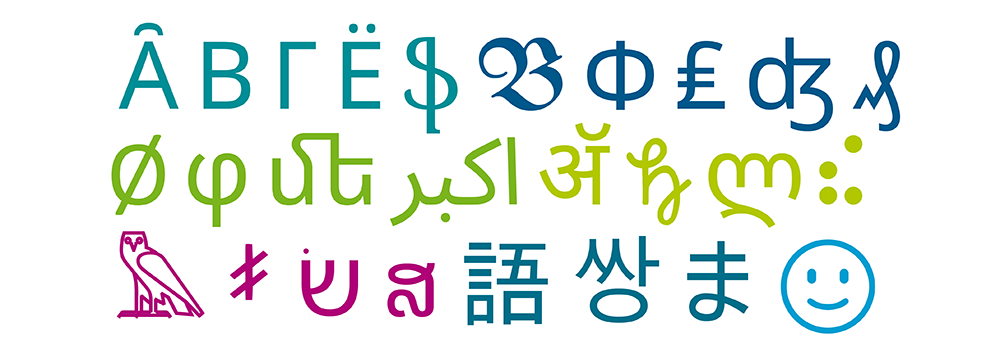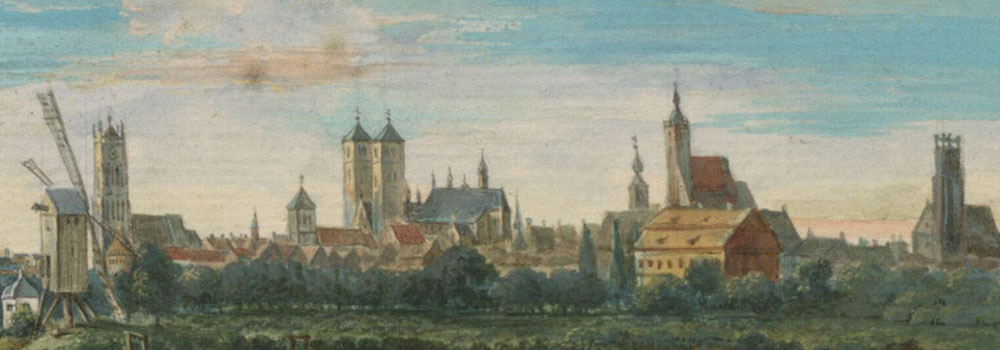Old Norse Folklore: Magic, Witchcraft, and Charms in Medieval Scandinavia
 The second volume of Old Norse Folklore explores medieval and early modern Nordic magic and witchcraft, covering syncretism, continuity, survival, and the reconstruction of pagan beliefs and cultic practices in this last area of western Europe to be Christianized. This volume not only considers these issues but also pulls back the curtain on more obscure, yet important, corners of Nordic magico-religious tradition.
The second volume of Old Norse Folklore explores medieval and early modern Nordic magic and witchcraft, covering syncretism, continuity, survival, and the reconstruction of pagan beliefs and cultic practices in this last area of western Europe to be Christianized. This volume not only considers these issues but also pulls back the curtain on more obscure, yet important, corners of Nordic magico-religious tradition.
In these chapters, Stephen A. Mitchell draws on materials from many different periods of the vast Nordic world, stretching from Greenland to the Baltic, and examines such diverse witnesses as sagas, judicial records, ballads, synodal statutes, runes, proverbs, church murals, leechbooks, and the language used to discuss magic and its actors. Old Norse Folklore addresses how theology helped to shape the Nordic magical world and how language can reveal this world, how magic was used as a practical matter in (and what it meant philosophically to) the medieval Nordic world, and how inherited traditions between and among the historically connected societies of northern Europe impacted cultural developments in late medieval Scandinavia.
zum Buch im ULB-KatalogPlus
zum Buch auf der Verlags-Website
The older Gulathing law
 The Gulathing Law regulates relations between the social classes, the king and his officers, the clergy, and the peasantry. Parts of the law appear to be a social contract between two parties: on the one hand the people, on the other hand the church and the king.
The Gulathing Law regulates relations between the social classes, the king and his officers, the clergy, and the peasantry. Parts of the law appear to be a social contract between two parties: on the one hand the people, on the other hand the church and the king.
This new edition, in modern English, contains many references to research that has been carried out since the appearance of previous editions in 1935 and 1981. In the Gulathing Law, differing interests are being balanced, and procedures described for solving conflicts. Personal rights are defined, and scales of fines and compensation are set up, graded according to the gravity of the insult, offence, and the social status of the persons involved. Large parts of the law text mirror the internal conditions in the farming community of Western Norway in the High Middle Ages; economic transactions, disputes, damage to life and property, and theft.
Accompanied by a translator’s introduction and a commentary essay which place the Gulathing Law in a theological and church history perspective, this volume will be useful for both students and specialists of medieval Norwegian legal history and medieval Scandinavian law.
zum Buch im ULB-KatalogPlus
zum Buch auf der Verlags-Website



Schreibe einen Kommentar